Product description
Review
Offers the wisdom of the Tibetan ancients to a jaded modern world ― Sunday Telegraph
One of the great scripts of civilization … a voyage inside the profound imagination of a people ―
Time OutI can’t imagine anybody aware of his or her own temporal humanity not wanting to find out what this book says … this version is by far the most complete and comprehensive to date ―
Independent on SundayMagnificent … beautiful verse meditations ―
GuardianThis is an event. A new and comprehensive translation of one of the seminal works of Tibetan Buddhism ―
Richard GereOne of the great treasures of wisdom in the spiritual heritage of humanity — Sogyal Rinpoche, author of ―
The Tibetan Book of Living and DyingAbout the Author
Commentary by His Holiness the Dalai Lama. Thupten Jinpa is the senior translator to the Dalai Lama and President of the Institute of Tibetan Classics. Graham Coleman is founder of the Orient Foundation for Arts and Culture, a major Tibetan cultural conservancy organization, and writer-director of the acclaimed feature documentary Tibet: A Buddhist Trilogy. Gyurme Dorje is a leading scholar of the Nyingma tradition of Tibetan Buddhism, from which the Tibetan Book of the Dead literature derives.



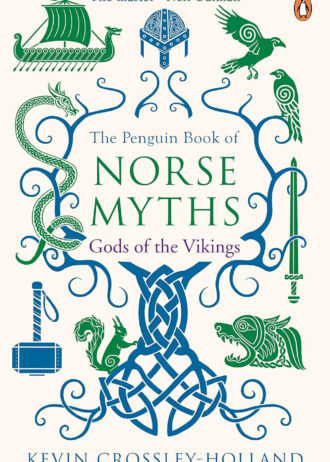
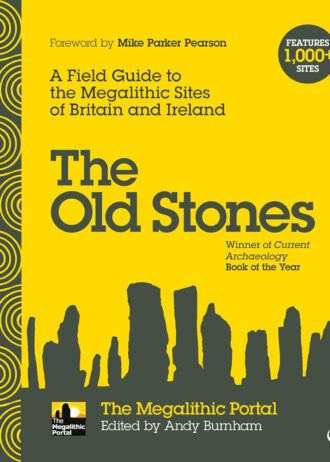

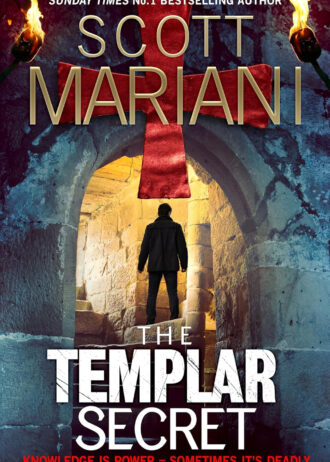
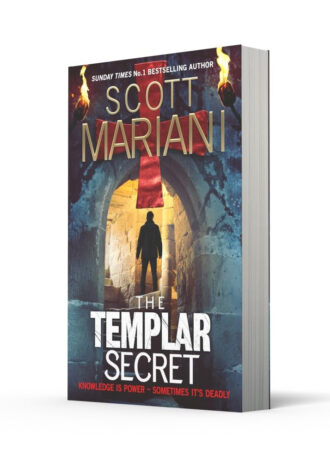
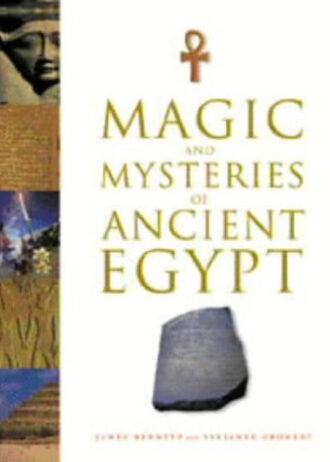
Sha –
This is a great read. A little hard to understand at points and had to keep going back and re read certain bits to take it in but a very good read. Would highly recommend
Tracy sharp –
Good book
Stephen F. –
As a newcomer to Buddhism, this was on my most wanted book list as it is a collection of teachings on dying, Bardo and rebirth.I must stress that it would be very wise to have read elementary teachings on Buddhsim as some of the philosophical concepts are very difficult to understand for a beginner. There are numerous introductions at the start of the book, including one by HH The Dalai Lama which require you to be comfortable with many quite difficult subjects such as emptiness, dependent origination and so on. To be honest it took me a few nights just to read the introduction as I had to read sentences sometimes 10 times to try to understand them.I would suggest a newcomer should read something like “The Joy of Living” by Yongey Mingyur Rinpoche first (very well written and easy to understand) and then “Turning Confusion into Clarity” by the same author. Even then you might struggle.I suppose it would be best to have a teacher to discuss the book with as you read it, I haven’t found one yet.Despite all of the above, the translation is easy to read and has footnotes. I like Thupten Jinpa (one of the authors and HH The Dalai Lama’s official translator), and this was part of the reason I bought the book .Good read – just persevere!
Motionless Arrival –
Ahhhhhhhhhhhh, the elephant of wisdom. What is it? This book has several parts. Like in the Indian proverb about a group of blind people trying to describe an elephant. What is sometimes overlooked is that they ARE ALL touching the elephant. Each part here has its hand on the elephant. The elephant is certainly in the room. But: how to attain an elephant from its parts! Can all of it be adduced? From one bit of it? How else. And: Is the synthetic view even necessary, itself an abstraction – if awareness has the elephant by the nose, and every other part?What is Buddhism? Some say it is this, some say it is that… When you are dying, bring a lama into the room.Parts of this book speak of the elephant directly, the underlying all pervasive elephant, as it were. Other parts speak of various conduits of the elephant, its partial appearance and its skin. The awareness that the book begins with is the elephant that the rest of the book reiterates in its varied manifestations and channels of access. It must be born in mind that the whole of the book is about the elephant.After a direct introduction to awareness via immediate summations of the core of Buddhist understanding with regard to the nature of reality, subsequent sections describe the varied appearances of this reality and practical modes of access to it in ways of seeing the world and touching the face of the beast of wisdom.A lot of imaginary practices that must be made real are elucidated. Seeing the world as the numinous manifestation of the empty ground of reality. These practices are necessarily repetitive – depending on how stubborn your ignorance is. The texts repeat over and over the deities with their varied accoutrements and in their varied colours and with their specific implications. All the Buddhas, all the emanations, exampling the psychological ground. They parade and resound, they beat drums. This is the mediated immediacy of the elephant in the room of your death. So, there’s a lot of that.There are comprehensive lists of the appearance of the world and the people in it, tabulated. Ha ha hah! Laughable psychological resonances – tabulated! Poetic! Just! Daunting! Seeing the peaceful and wrathful deities for what they are is the ground of enlightenment.So. When you are dying, or a friend is dying, bring a lama into the room. Be the lama in the room. And show the subject the elephant. Bring the elephant with you, calmly. Introduce everyone to the elephant and be the conduit of the elephant. Don’t shy away. That is the advice. Stay with the elephant, and pass it round. Each section of these litanies must be read with the elephant in mind. That’s why the first hand is placed on the trunk, the awareness the elephant springs from. You must know death as the absence of your self or any self, and remain in it, living every last moment as consciousness of the ground of liberation. And be the doorway and access to that for yourself and for others as you die. Hold the door open for yourself and your friends, in spite of the bouncers, because the elephant is encrusted with jewels, and it comes. To have already been born into the ground of reality is already to have no fear of death.
Andrew 1200 –
This is a classic I was excited to read, sadly my eyes are having lots of trouble reading the print.
Trudy🐻 –
This is one of those books everyone should read in their lifetime. I found it moving, and so very peaceful and has made me realise death is nothing to fear. Its not an easy book to read without any knowledge of Buddhism, but with my limited amount of knowledge (I’m still learning) I understood the book. Its a book I will re read over the years.
KNUT –
This is really for serious Buddhists who are novitiates and are well into religion. I bought it out of interest in ‘Near death’ experiences and for a perspective on the death process which contrary to Western Christian Thinking is not such a silly idea.However the intro by the Dalai Lama is very gobbledygook like and not for the faint hearted. It is very technical and a very intellectual intro which I found very inaccessible and disappointing as I know he can speak very well, simply and clearly. He just doesn’t do that here!. This book is not for the ‘everyman’ so be aware of that before buying. Even my brother who has been a Buddhist for nearly 50 years says that you would need to be a committed monk to make something of this translation which IS probably worlds away better than the Evens-Wentz one that was produced in the 60s/70s when all the hippies were feeing so cosmic because they were probably reading it whilst tripping on LSD!I’m sure it is a really good book for those for whom it is appropriate but for me a bit of a waste of money. I will try to give it to someone who can appreciate it! It probably deserves 5 stars really.
Lindsay Angus –
Have been trying to borrow this book from the library for years to no avail. Bought it for my husband – not so easy to read as other books on dying by tibetans – think you need to have read a couple of others to understand it more fully but really comprehensive and everything he thought it would be.
Ashley G. –
Great Item Very Happy 😊
Great ItemVery Happy 😊
Tenzing –
Bardo… The Intermediate stage…!!!
This a very well translated book of a Tibetan Master Piece.For a person wanting to know more about Death and the intermediate stage called Life this a must read.For me this book is a Gem that helps me connect back to Buddhist Philosophies.The introduction by HH the Dalai Lama is marvelous and carries the heart and essence of this book.Looking for a path then Go for it….!!!